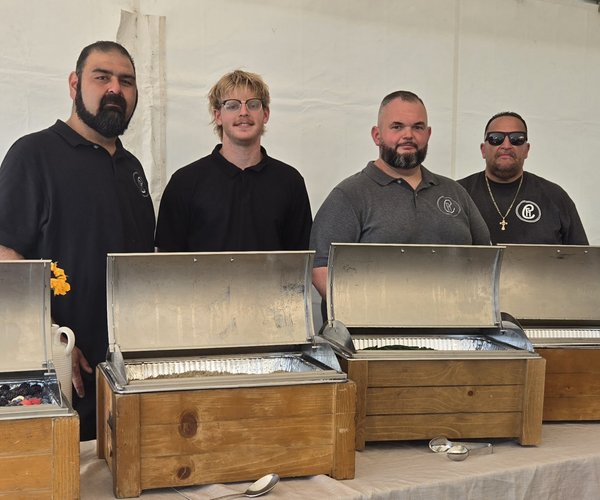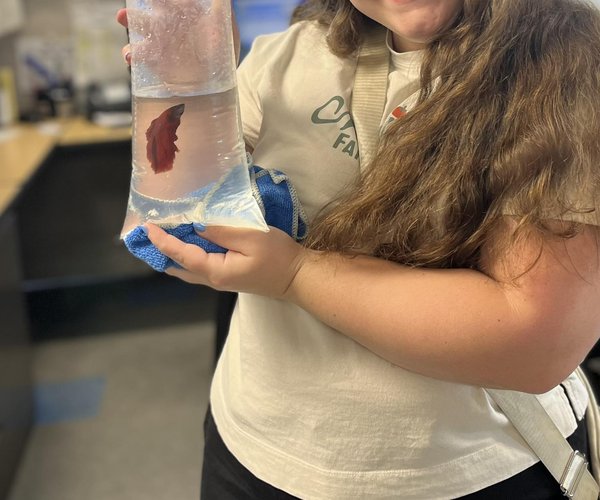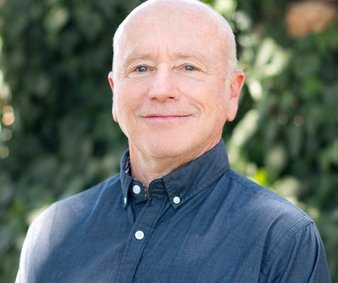The effort to clean the Central Valley air is an ongoing process and the San Joaquin Valley Air Pollution Control District is willing to pay $1.4 million for some new innovations.
The San Joaquin Valley Air Pollution Control District is requesting proposals for projects that demonstrate bold, innovative and creative, new emission-reduction technologies as part of the district’s Technology Advancement Program. The district is seeking technology demonstrations in the areas of renewable energy, waste solutions and mobile sources that will continue to improve the Valley’s air quality.
Approximately $1.4 million is available and is expected to fund five to eight projects that will demonstrate the feasibility of new emission-reduction technologies that are necessary to meet state and federal air-quality standards.
“The response to our first solicitation under this program was very encouraging. There’s no shortage of the kinds of ideas in the Valley that will help us reach clean air,” said Seyed Sadredin, the district’s executive director and air pollution control officer.
The district’s Technology Advancement Program was launched in 2010. Current projects include solar energy storage, next-generation off-road diesel retrofit, advancement of hybrid vehicle technology, and low-emission uses of biogas. These projects will demonstrate and accelerate deployment of technologies to reduce directly emitted particulate matter and/or nitrogen oxides.
A portion of available funding is a result of collaboration between the district and the U.S. Environmental Protection Agency through the Clean Air Technology Initiative. The Clean Air Technology Initiative is a partnership of local, state and federal agencies working with the private sector, non-profits and academia to demonstrate and bring to market new clean air and energy technologies to reduce criteria pollutants, greenhouse gases and air toxics to meet air-quality goals.
“We will not achieve our goal of clean, breathable air unless we accelerate the development and deployment of new technologies,” said Jared Blumenfeld, regional administrator for EPA’s Pacific Southwest Region. “This grant funding will help bring near-zero emitting technologies to market while creating green jobs in the San Joaquin Valley.”
The district will hold an in-person workshop for interested technology proponents at 9:30 a.m. July 21. The workshop will be held at the district’s Fresno office via video teleconference from the Modesto and Bakersfield offices, and potentially EPA’s San Francisco and Los Angeles offices. Additional information about the workshop is available at the district’s Technology Advancement Program website: http://www.valleyair.org/Grant_Programs/TAP/tap_idx.htm.
Complete proposals must be received by 5 p.m. Aug. 19.
To contact Sabra Stafford, e-mail sstafford@turlockjournal.com or call 634-9141 ext. 2002.









